“Good shoes take you good places.”
-Seohyun, South Korean pop star
For the next chapter of our safety saga, we turn to the feet. Shopping for driving shoes, however, presents a somewhat complex decision tree. We turned to Chris Emery of The Racers Safety Source and a couple of club racers to help us navigate the process.
Before you even select a type of shoe or determine a price point, you should consider the context in which you’ll use this footwear and how often you plan to wear them. Shoe requirements vary across driving disciplines. Many high-performance driving education (HPDE) events don’t require anything beyond closed-toe shoes.
Some drivers swear by skate shoes—with a wide footprint perfect for heel-toe downshifts—while others contest that chunky digs can snag pedals and prefer the tight bunch and shallow sole of a Euro shoe, like Piloti or Chicane.
- Vans skate shoes (Marcos Rivas)
- Chicane driving shoes (Chicane)
Certain groups or sanctioning bodies may require you to wear an SFI-rated shoe. (SFI, like Snell for helmets, is a non-profit organization that certifies safety equipment through constant testing.) If you’re running with the big dogs, you may also see FIA-spec in the shoe requirements. Other sanctioning bodies may use a general statement regarding shoe fire-proofing and certification. For example, the NASA rulebook says:
“Shoes made of fire-resistant material or common cowhide leather are required. Shoes must cover the entire foot so that there are no exposed areas of the skin.”
Regardless, its best practice to check with your group(s) or event organizer prior to plunking down dough on a fresh set of kicks.
After all, next to your helmet, shoes may be the most important purchase when it comes to safety gear. Driving instructor Alejandro Della Torre refers to feet as the unsung heroes of the sport. “At a track like Waterford Hills—which has 13 corners—I independently touch the pedals two dozen times per lap,” ADT says. “In a twelve-lap race, that’s nearly 300 times. And that doesn’t include modulations on the pedals.”

Indeed, the soles on your feet are an important tool in high-performance driving. Shoe fit largely comes down to personal preference, though, which highlights the importance of trying the shoe on for yourself. According to Emery, the biggest pitfall in the shoe-buying process is an impulse buy. “Drivers will decide they need a new set of shoes and buy them sight unseen,” says Emery. “They’ll go out and buy the most-expensive—or the cheapest—without trying them on.”
Hagerty senior editor and club racer Eddy Eckart agrees: “You want shoes to fit well. If there’s a shop near you that lets you try on those fancy fireproof kicks, take some time to head there instead of ordering online. Once you find a brand that works for you, it’s easy to stick with them.”
When you do try the shoes on, make sure you sit down and stretch your feet as if you were reaching for the pedals. Emery advises sitting against a wall. While sitting, take note of how the shoe fits around the ball, the arch, and the sides, of each foot. Consider tongue thickness, Velcro cross straps, lace location as well.
The overall fit of the shoe should be “comfortably snug,” as Emery puts it. This may require you to go down a half or a full size from your street shoes. For extremely broad or narrow feet, you may want to consider a custom solution—especially if you plan on spending a long time in the car.
A thin, stiff sole will allow you to better gauge pressure on the pedals. Even with a thin sole, though, you should still feel support from your chosen pair. “The amount of intense and sustained braking pressure needed from high-speed straights into low-speed corners—for example turn 5 at Road America—will make your brake foot sore after even a few laps,” says Della Torre.
You should also consider the material of the shoe. Suede and leather present different levels of friction on and around the pedals. Like overall fit, personal preference will be the deciding factor here. Above all, stay away from shoes made with synthetic material; they can melt in the presence of heat.
Once you purchase a pair, consider a couple measures to increase their longevity. First off, try to avoid walking long distances in your new racing kicks. Tread can wear fast, and that includes walking around the paddock. You should also refrain from throwing your shoes in the washer. Molecule makes spray cleaners designed for safety gear, using fluid that doesn’t break down Nomex.
The longer your good shoes last, the further they’ll take you.
Check out the Hagerty Media homepage so you don’t miss a single story, or better yet, bookmark it.

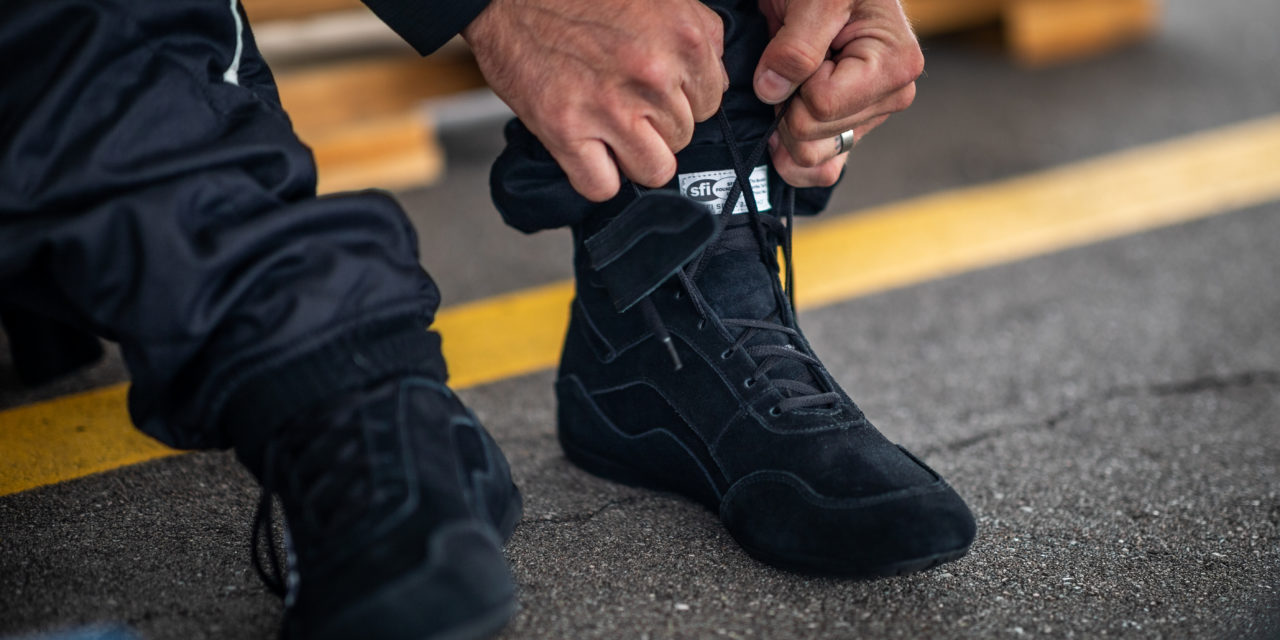
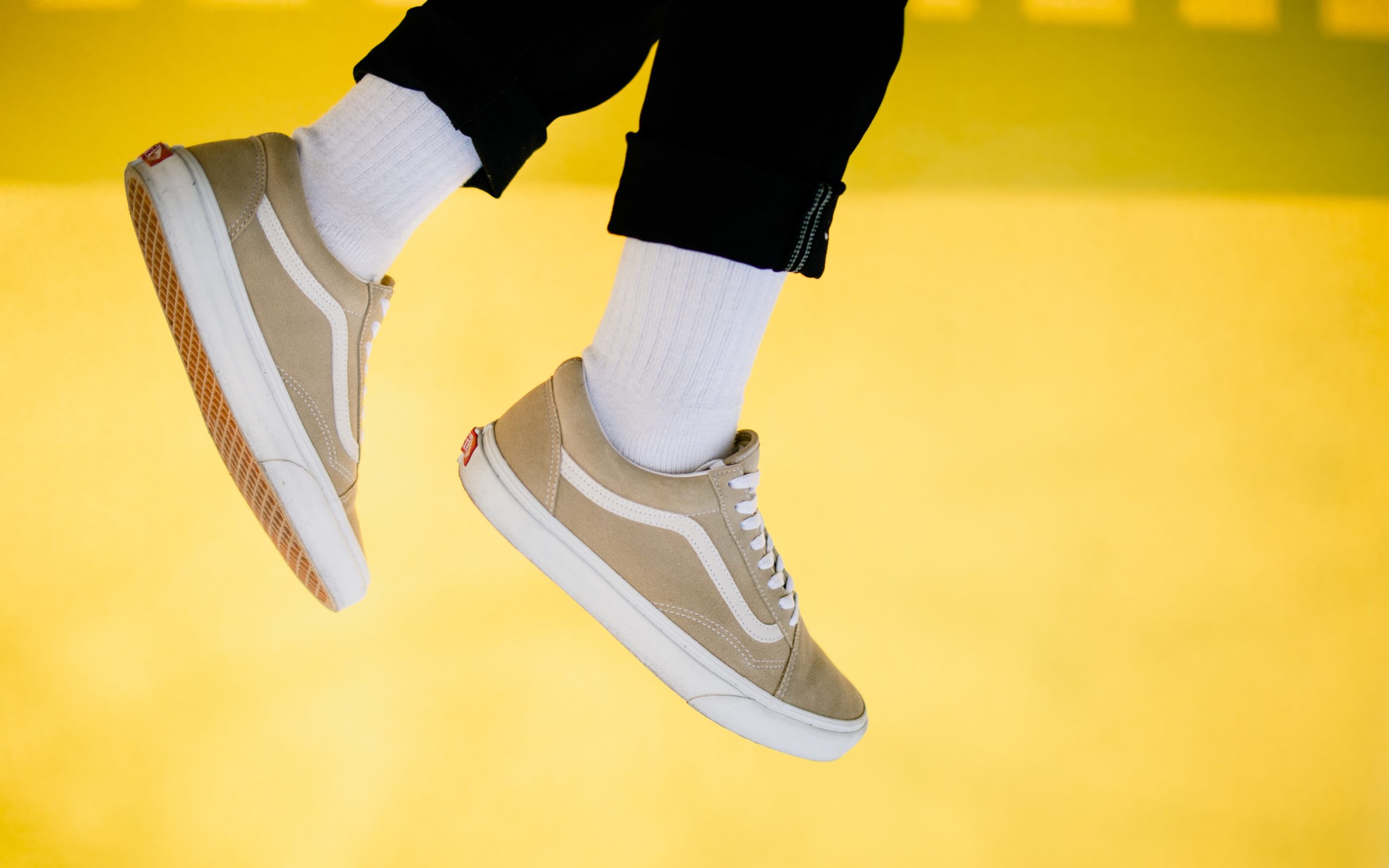
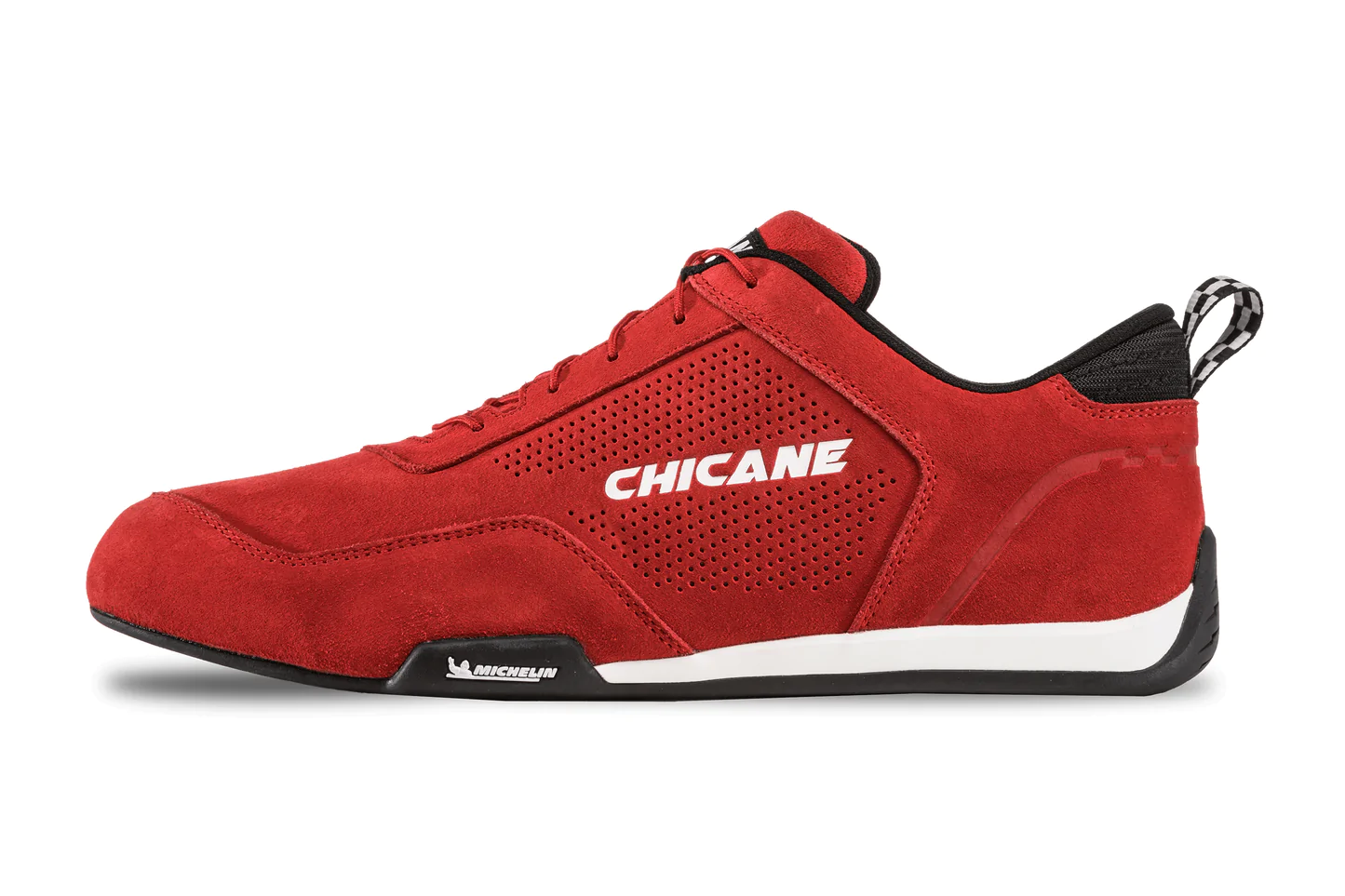

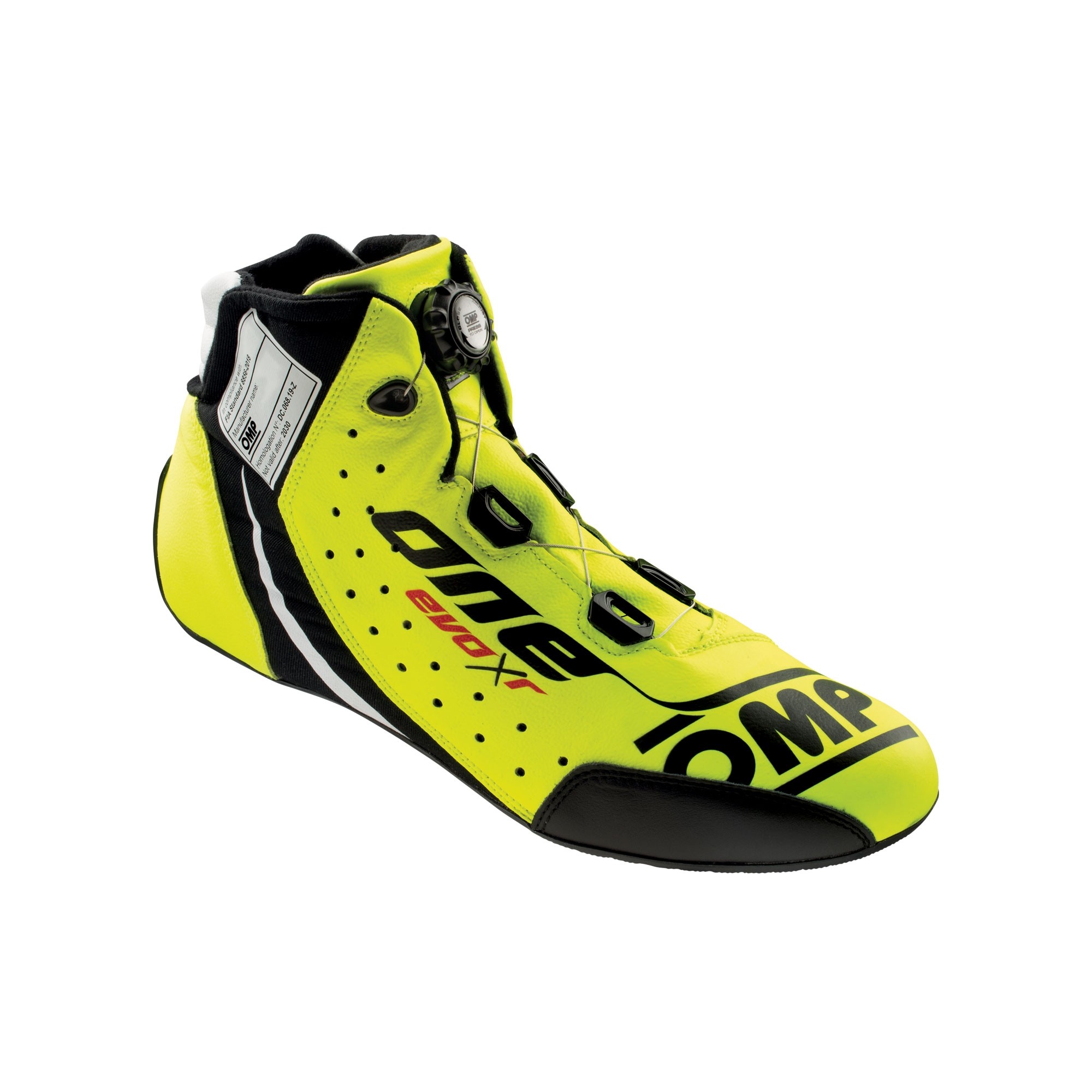
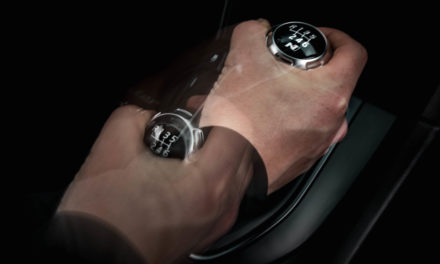
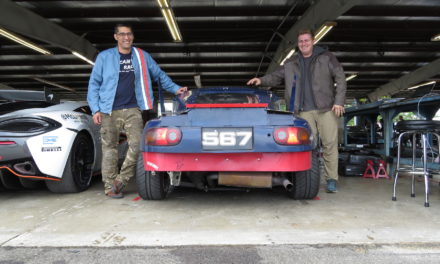
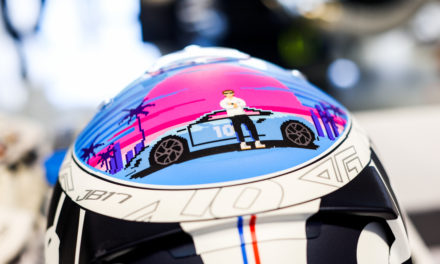



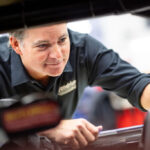

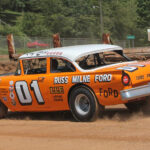
Good article Cameron – and great advice on trying shoes on in the store vs. online purchases. I know that in my car, the footbox is so narrow that my big feet do nothing but interfere with the pedals when driving in “regular” shoes…. and there’s nothing like the THRILL of hitting the gas pedal when you firmly are planting your foot on the brake pedal!
Many racing shoe manufacturers are European, so sizing is typically a bit different than your favorite set of running shoes (another reason to try them on in the store).
And keep them clean as oil and grease stains are likely to negate that fireproof rating when you need it the most (in a fire).
Who sells extra wide racing shoes?
Great info unfortunately the opportunity to try shoes locally is difficult as few ships carry them in San Diego and those that do have limited supply hence why Amazon is the default.
“For extremely broad or narrow feet, you may want to consider a custom solution”
Who offers “custom solutions” in race boots?